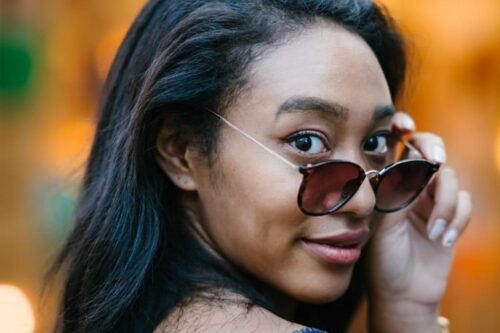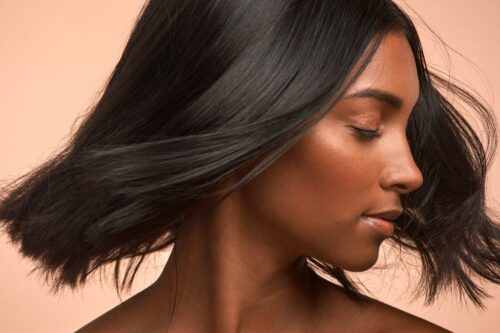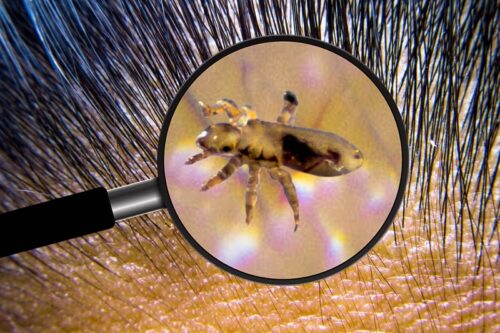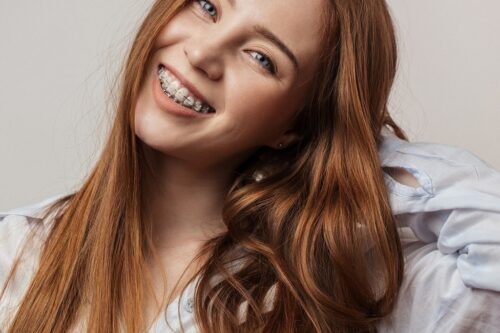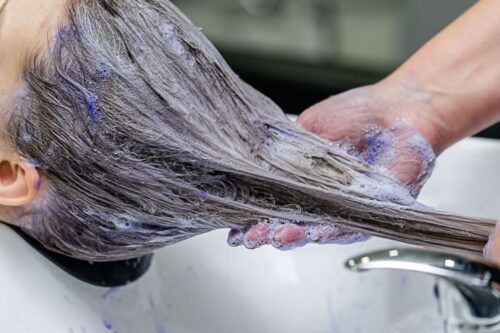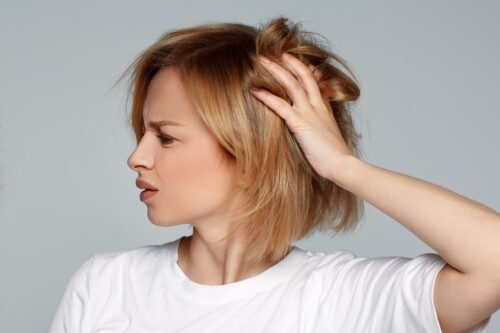Ever admired the ethereal white locks of fantasy characters or wanted to achieve platinum blonde hair from dark or black hair? If yes, then you’ve probably wondered about the process of transforming your hair to a stunning icy white shade.
If you’ve been trying to go for the white hair look, bleaching your hair is the way to go. But this is not an easy task. There are risk of damaging your hair permanently or your hair may turn too white after bleaching than you have desired.
If you’re considering taking the plunge and giving it a try, this guide is your one-stop resource for all you need to know about bleaching your hair to turn it white and fix it if it turns too white.
How to Bleach Hair To Get A White Shade?
Turning your white by bleaching is easier when you have a lighter base hair color. However, if your hair is dark or black, the journey to white or platinum blonde involves lightening your hair on several levels.
This process typically requires multiple bleaching sessions. Each bleaching session strips away some of the natural pigment in your hair, gradually transforming the dark color to a lighter shade.
But you have to wait at least 2 weeks between each bleaching session to let your hair recover the bleach damage.
Here are the steps for bleaching your hair to turn it white.
1. Pre-bleaching Considerations
Before you set out on this transformative journey, it’s important to assess the condition of your hair.
Bleaching can cause dryness and damage, particularly if your hair is already compromised. If you’ve been using dark dyes or have recently permed or straightened your hair, you might want to wait a while before bleaching. A strand test can be helpful to see how your hair responds to the bleaching process.
2. The Right Bleach and Developer
Choosing the right bleach and developer is crucial. For dark or black hair, a high-lift bleach and a 30 or 40-volume developer are often needed to achieve significant color change.
If your hair is already a lighter color, a lower-volume developer might suffice. Remember, higher volume developers lift more color but also cause more damage.
3. Applying The Bleach
To apply the bleach, start by dividing your hair into sections. This step helps ensure an even application of the bleach.
Apply the bleach mixture to each section, starting from the ends and moving toward the roots.
The heat from your scalp will make the bleach act faster at the roots, so this technique helps achieve an even color.
4. Monitoring The Bleaching Process
The duration for which you should leave the bleach in your hair depends on your starting color and the condition of your hair.
Generally, 20-45 minutes is recommended, but this varies. During this time, keep checking your hair’s color and condition.
5. Wash out The Bleach
When the desired level of lightness is achieved, it’s time to wash out the bleach. You may want to wash your hair with lukewarm water but it is not recommended as it can make your hair more prone to damage and color fading.
Wash out the bleach from your hair with cold water followed by a deep conditioner. This will help restore some of the moisture that the bleaching process may have stripped away.
Post-Bleaching Care and Potential Issues
Bleaching your hair to a white or platinum shade can bring about certain challenges. Here are potential issues you might face and how to tackle them:
Dryness and Breakage
One of the most common issues after bleaching hair white is intense dryness leading to hair breakage. This is because the process of bleaching strips moisture and protein from your hair.
However, with consistent deep conditioning treatments and using hydrating hair masks, you can restore the lost moisture and strengthen your strands.
Look for products with ingredients like coconut oil, shea butter, and argan oil to nourish and repair your hair.
Brassy or Yellow Tones
Your newly bleached hair may start showing yellow or brassy tones instantly or over time. This is a normal reaction, but it can detract from the desired white shade.
This is where a toner comes into play. Toning your hair helps to neutralize these unwanted warm tones. It is also recommended to leave the toner on your bleached hair.
Additionally, using purple or blue shampoo is a common and effective solution for removing yellow or orange tones from hair. These types of shampoos deposit cool tones to neutralize the warm ones, thus helping maintain the brightness of your hair color.
Increased Sensitivity
Post-bleaching, your scalp may be more sensitive, and your hair may be more susceptible to heat and styling product damage. You may face sores and scabs on the scalp after bleaching.
Limiting the use of heat styling tools and harsh products, and protecting your hair from the sun and chlorinated water can help manage this sensitivity. When necessary, always use a heat protectant spray before using any hot tools.
Frequent Maintenance
After achieving your desired white shade with bleaching, regular salon appointments and a dedicated home hair-care routine can help manage the upkeep.
This includes root touch-ups, toning treatments to combat brassiness, and deep conditioning treatments.
Deep conditioning treatments are also important to replenish moisture and maintain the health of your bleached hair.
With proper care, you can enjoy your stunning white or platinum-blonde hair while keeping it healthy and strong.
Can You Fix Too White Hair After Bleaching?
Yes, you can prevent your hair from turning too white during and after bleaching with some precautions. It is also possible to fix your hair that already turned too white after bleaching.
But prevention is always better than cure as it may cause some damage to your hair. To prevent and fix too white hair need you need to understand what causes it.
Why Hair Turns Too White After Bleaching
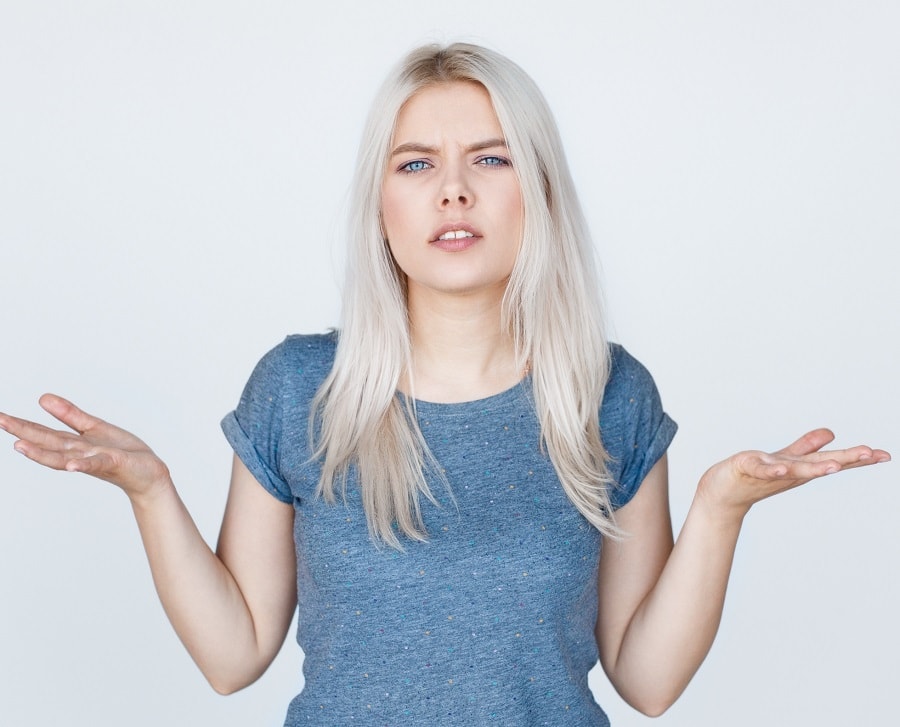
Melanin is the natural pigment that gives color to your hair. Bleaching hair involves the use of strong chemical agents that penetrate the hair shaft and dissolve the color-producing melanin.
When your hair turns too white after bleaching, it’s because almost all the melanin has been removed.
There’s a variety of bleaching products available in the market. Some are stronger and designed for dark hair, while others are milder, ideal for light to medium hair shades. Using too strong bleach could lead to hair turning unnaturally white by removing too much melanin.
Over-bleaching or leaving the bleach on for too long can also strip almost all the melanin from your hair. This over-processing leads to hair turning too white and often results in hair damage.
Hair texture can also play a role in turning hair white after bleaching. For instance, if you have finer textured hair, it can be more vulnerable to damage by bleaching agents and can be more prone to turn white after bleaching. Even the temperature during the process can be responsible too.
How To Prevent/Fix Hair from Turning Too White From Bleaching
Taking precautions is vital before you bleach. Here are the steps for preventing white hair from bleaching.
Use a Gentler Bleaching Product
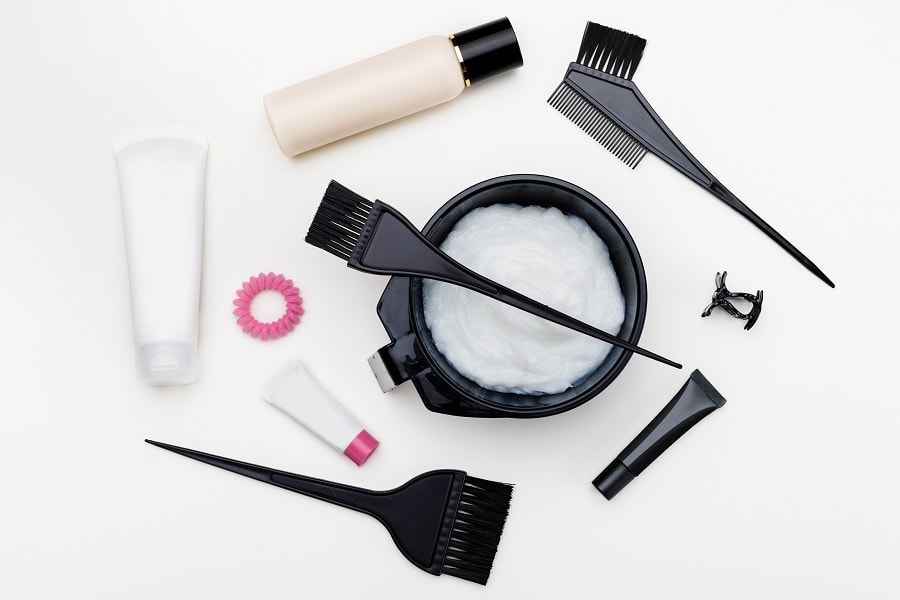
Choosing the right bleach according to your hair type and color is the most important preventive measure.
Not all bleach products are created equal; some are more potent than others and may lead to overly bleached hair if not used correctly.
Do not attempt to lighten your hair more than three shades, as it can damage the hair follicles and make them thin. Do the strand test after selecting your bleach agent
Strand Test
Always start with healthy, well-conditioned hair. Damaged or dry hair may not react well to the bleach and can turn too white or become overly damaged.
A strand test helps determine how your hair will react to the bleach. It’s a critical step in the bleaching process as it allows you to test the bleach on a small section of your hair before applying it to your entire head.
Proper Application and Timing
Timing is everything when it comes to bleaching your hair. Leaving the bleach on for too long can result in hair turning too white.
The timing depends on your hair color, developer volume, and your desired white shade. For instance, bleaching developer volume 30 should require less time than developer Vol. 10.
There are many articles or videos on the internet that say you need to keep bleach for 20-30 minutes on hair but actually you need to check your hair color every few minutes to make sure it does not lift your hair color more than you need.
If you’re new to hair bleaching, do not use a stronger developer than Vol 20 on the scalp.
Apply Deep Conditioning Treatment
After bleaching your hair, use a nourishing deep conditioning treatment. It can help restore the natural oils in your hair and prevent it from becoming dry and brittle.
Eventually, using this treatment regularly can help restore your hair’s health and sheen.
Dye Your Hair
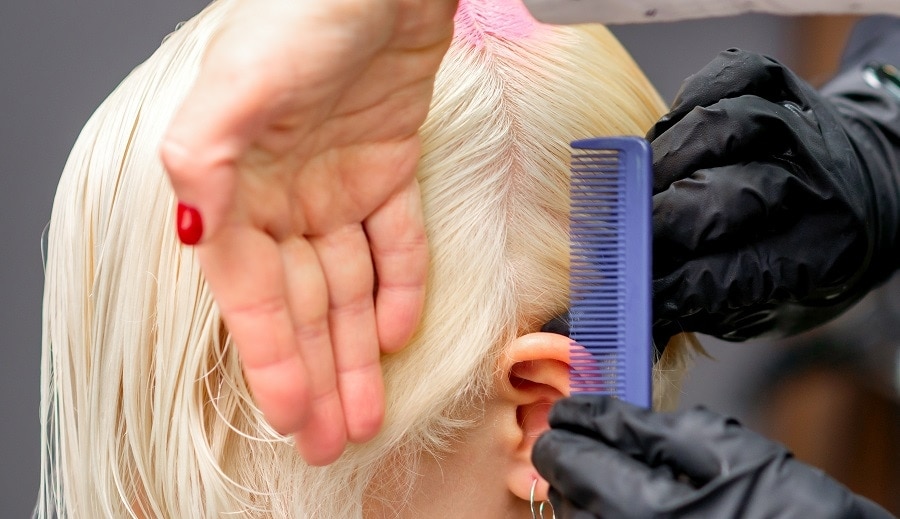
If your hair turns white, you can dye it to return its original color. Also, if you don’t succeed to get the original color, you can opt for one close to the one you had before bleaching.
How Long To Wait To Dye Your Hair Brown After Bleaching It?
However, dyeing your hair can strip off its natural oils and make it brittle, so wait a few days, use high-quality hair dye and nourish your hair with oil treatments.
Use Heat Protectant Spray
Heat tools can further damage your hair, so use a heat protectant spray whenever you blow-dry or straighten. The product can help protect your hair from getting burned. Also, it can help keep the color intact by providing a protective layer.
The spray can also help maintain the hair sheen and prevent it from dullness. Additionally, it can keep it moisturized, restoring its original color and maintaining the scalp’s pH balance.
Avoid Sun Exposure
Exposure to the sun can dry up your hair, make it brittle, and increase the bleaching effect. So, try to avoid going out in direct sunlight and wear a hat every time you step out. The hat can shield your hair from Ultra Violet (UV) rays and prevent it from further damage.
Eventually, this can help hair color and promote natural health by ensuring it is moisturized.
Use Natural Ingredients
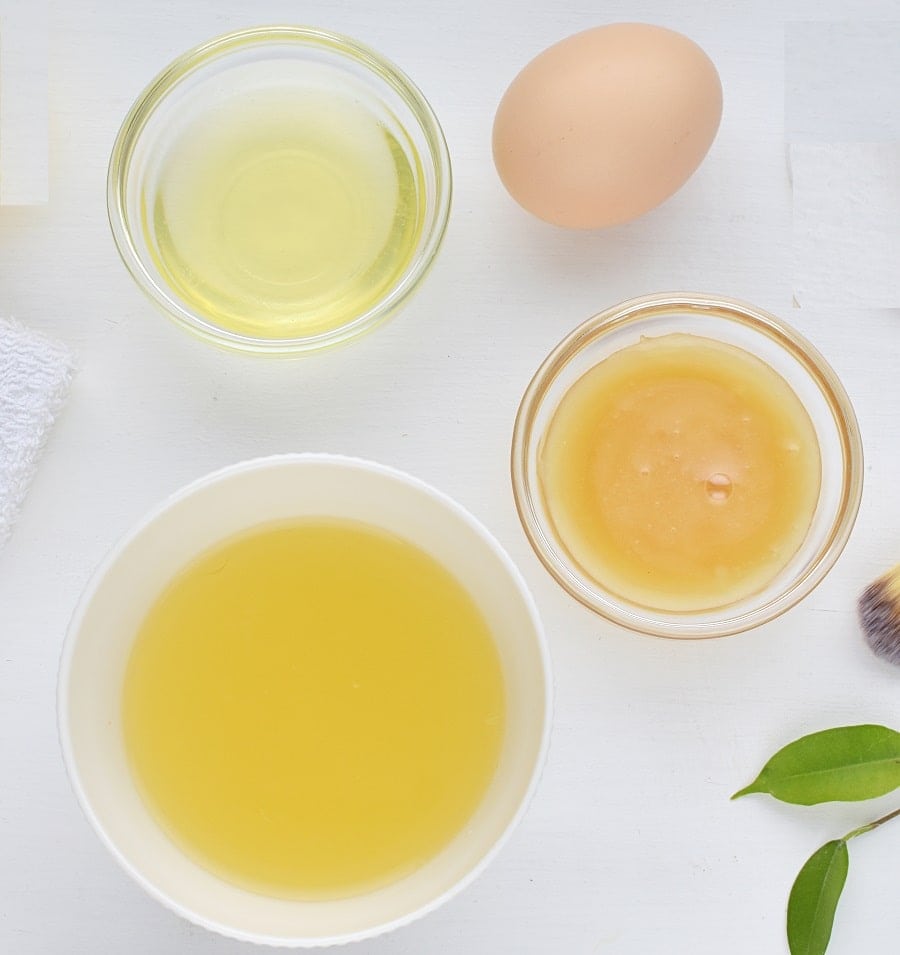
Natural ingredients such as honey, egg whites, and olive oil can keep your hair hydrated and nourished.
Mix one egg white with a teaspoon of honey and massage it on damp hair. You can also combine one tablespoon of olive oil with a few rosemary essential oil drops and massage it on your scalp. Let the treatments sit for 30 minutes, and rinse them with lukewarm water.
The treatment can restore the natural oils in your hair and make it soft and smooth. Additionally, it can help restore hair color and make it shinier.
So, it’s essential to use protective products while bleaching your hair and maintain a good hair care routine to restore its original color. Also, natural ingredients can help nourish your hair and restore its original color.
FAQ’s
We’ve compiled a list of the most frequently asked questions. See the answers below.
Bleach can turn your hair white if used too frequently or left on for too long. Additionally, harsh products, wrong hair care routine, and your hair texture can also contribute to it.
Bleaching your hair can be a painful process if done without taking proper precautions. Consequently, you must ensure you use quality products and follow the hair stylist’s instructions.

